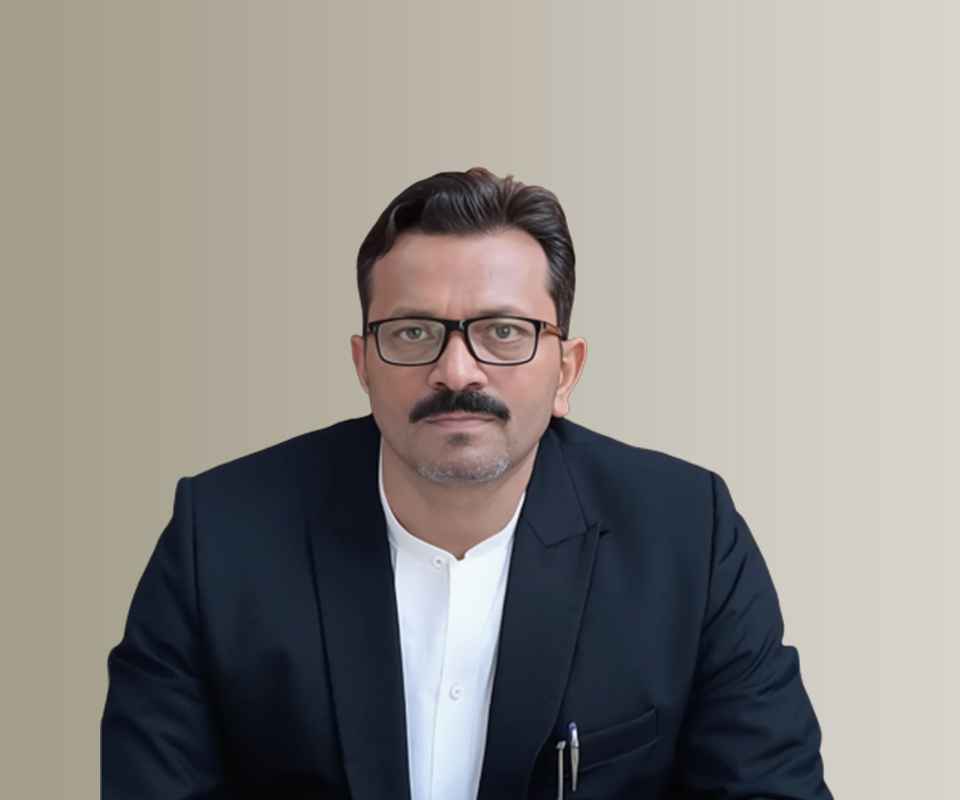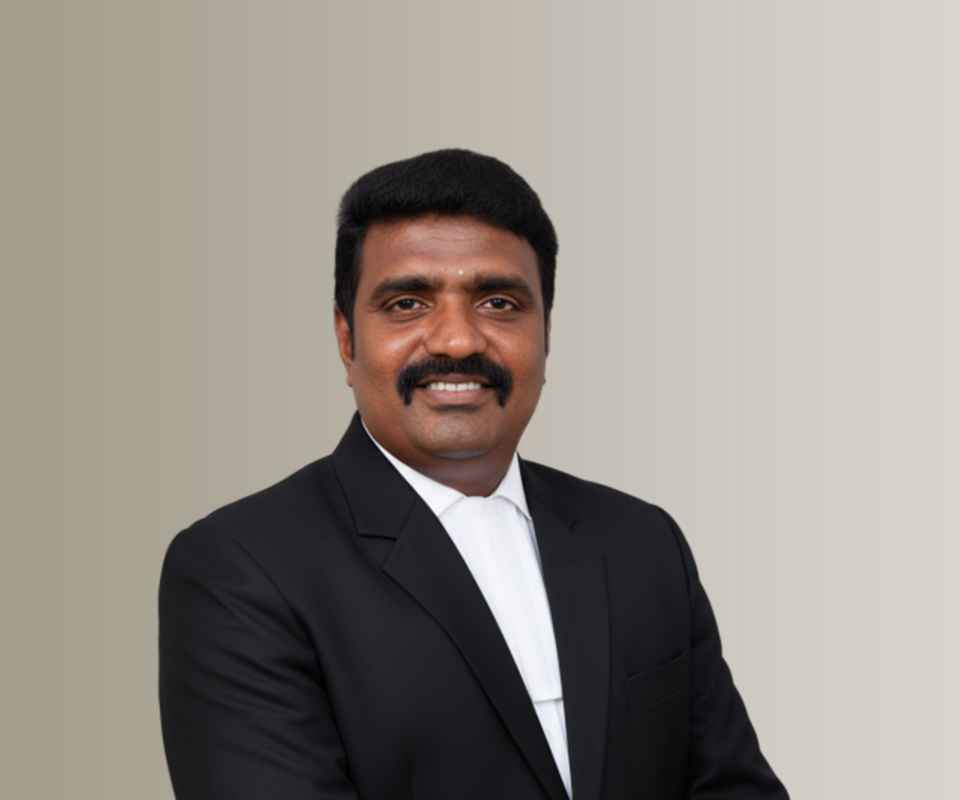Answer By law4u team
In domestic violence cases, evidence is crucial for the court to understand the extent and nature of abuse. Friends’ testimonies can play an important role in corroborating the survivor’s account and establishing a pattern of abuse. However, the court typically considers such testimonies alongside other evidence to make a fair judgment.
Role and Weightage of Friends’ Testimonies in DV Cases
Supporting Evidence
Friends often witness behavioral changes, injuries, or emotional distress of the survivor.
Their testimonies can corroborate the survivor’s statements about incidents or abusive environment.
Admissibility
Courts accept oral evidence from friends as part of the case record, especially when given under oath or through affidavits.
Credibility and consistency of the witness affect the weight of their testimony.
Corroboration with Other Evidence
Friends’ testimonies are stronger when supported by medical reports, photographs of injuries, police records, or messages.
Courts look for a holistic picture rather than isolated statements.
Limitations
Friends may not have witnessed the abuse directly, so their testimonies might be circumstantial.
The defense may challenge friends’ evidence as hearsay or biased.
Judicial Approach
Indian courts recognize the sensitive nature of DV cases and often rely on the survivor’s testimony supported by friends or family witnesses.
Judges assess the overall credibility and consistency.
Practical Tips for Survivors
- Request friends to provide detailed, honest, and specific accounts.
- Affidavits from friends detailing observations are helpful.
- Preserve other evidence like medical documents or communication records.
- Legal counsel can help prepare witnesses for court.
Example
A survivor claims emotional and physical abuse by her partner but has limited direct evidence.
Friends’ Role:
A close friend testifies about the survivor’s visible injuries and distressed behavior after incidents.
Another friend confirms changes in the survivor’s social interactions and mood.
These testimonies support the survivor’s case alongside medical reports.







